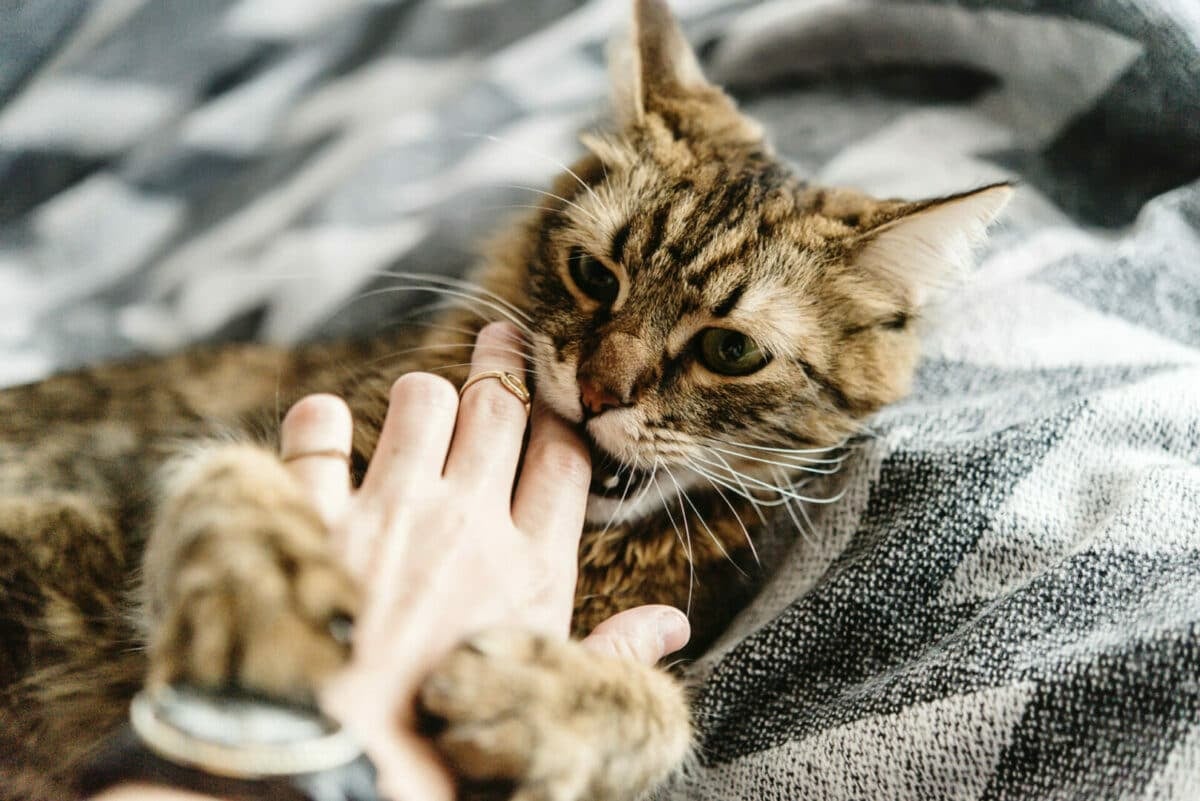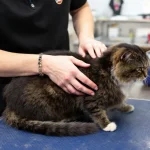
Understanding Cat Behavior and Effective Training Techniques
Understanding cat behavior and employing effective training techniques can greatly enhance the bond between you and your feline friend. Here ...

Things NOT to do to your cat!
There are several things you should never do to your cat, as they can be harmful or distressing to your ...

11 Ways to Train Your Cat to Be More Snuggly
Training a cat to be more snuggly can be a gradual process, as cats have their own personalities and preferences. ...

If Your Cat Bites You, Here’s What It Really Means
When a cat bites, it communicates various messages depending on the context and the cat’s individual personality. Here are several ...

Why Is My Cat Biting Me When I Pet Them?
Cats may bite when being petted for a variety of reasons, and understanding the cause can help you address the ...

Cat Quotes, Poems, and Other Feline Words
Certainly! Here are more cat quotes, poems, and other feline-related words: Quotes: Poems: “The Naming of Cats” by T.S. Eliot ...

Common Cat Symptoms that Could Signal an Emergency
Recognizing when a cat is experiencing a medical emergency is crucial for prompt treatment and potentially saving their life. Here ...

Cat Quotes, Poems, and Other Feline Words
Certainly! Here are some cat quotes, poems, and other feline-related words: Quotes: Poems: “The Cat” by William Cowper “Cats” by ...

15 Easy DIY Cat Toys You Can Make Today
Sure! Here are 15 easy DIY cat toys you can make today: Remember to supervise your cat while playing with ...

20 Easy IKEA Hacks for Cats
Certainly! Here are 20 easy IKEA hacks that you can do to create fun and functional items for your cats: ...






